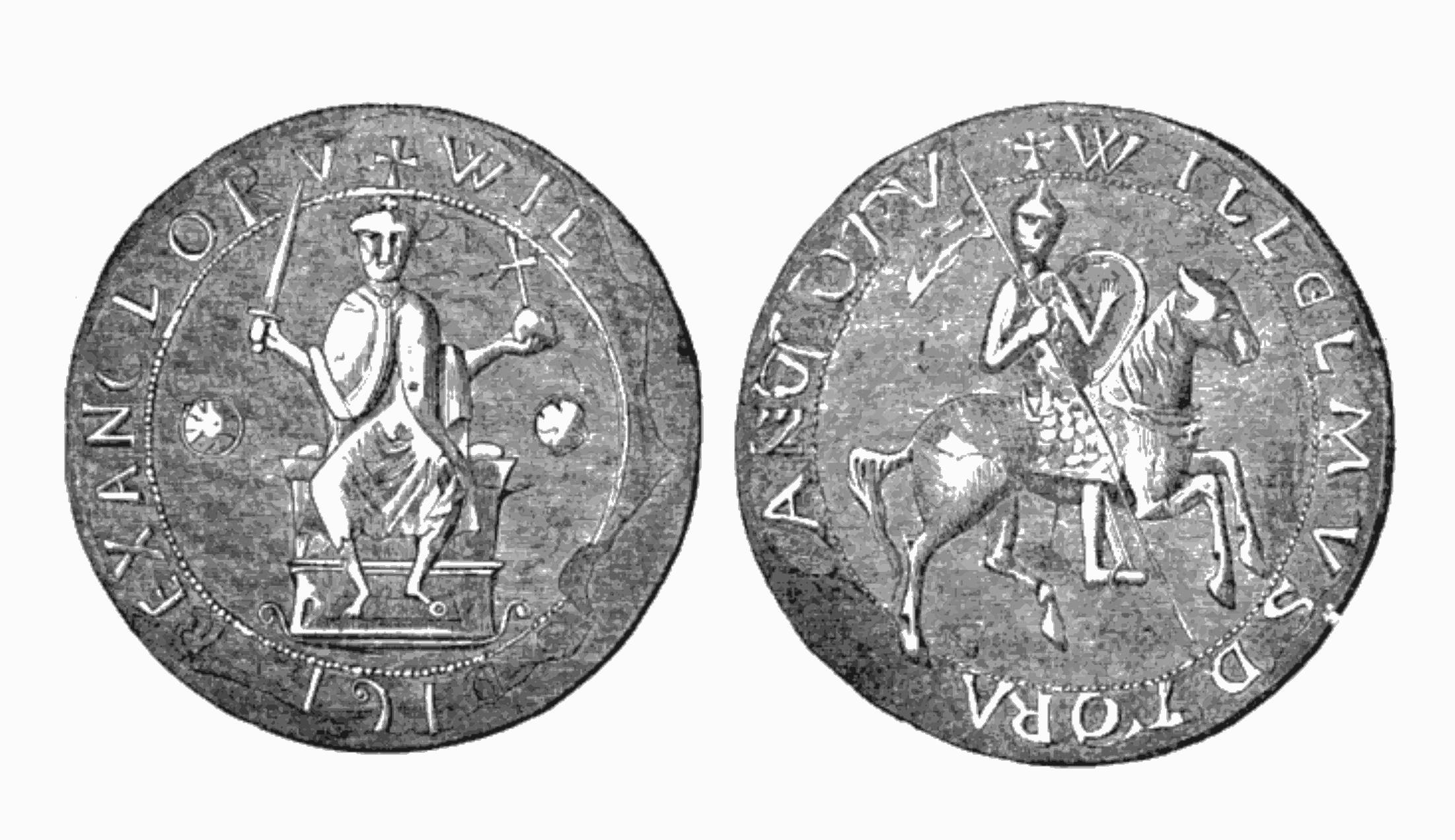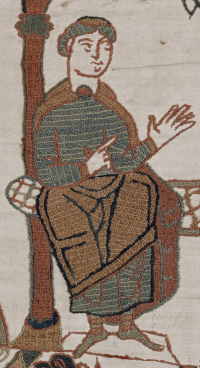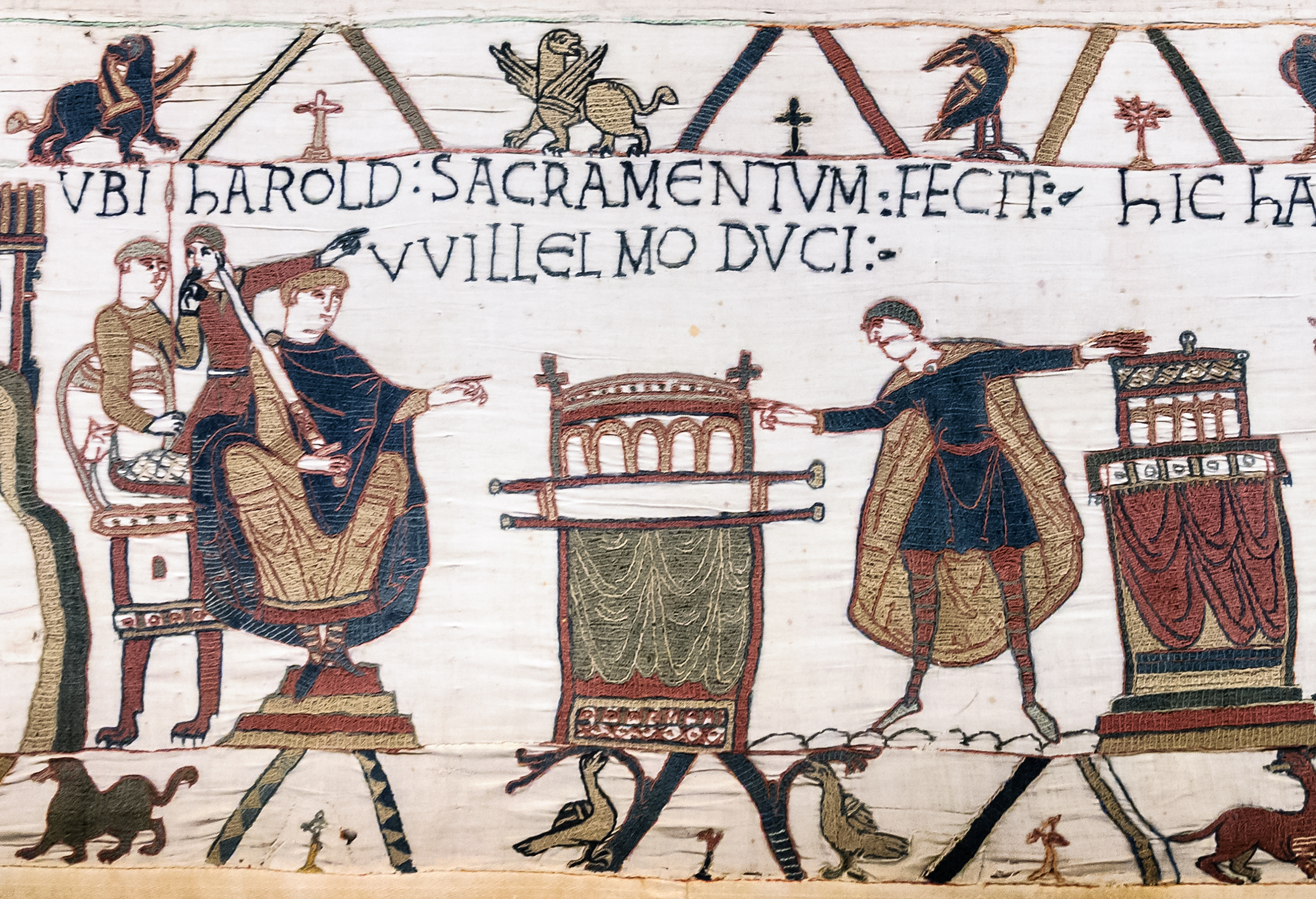|
Bermondsey Priory
Bermondsey Abbey was an English Benedictine monastery. Although generally regarded as having been founded in the 11th century, it had a precursor mentioned in the early 8th century. It was centred on what is now Bermondsey Square, the site of Bermondsey Market, Bermondsey, in the London Borough of Southwark, southeast London, England. Foundation A monastery is known to have existed at Bermondsey before 715 AD, when it was a Surrey colony of the important Mercian monastery of Medeshamstede, later known as Peterborough Cathedral, Peterborough. Though surviving only in a copy written at Peterborough in the 12th century, a letter of Pope Constantine (708–715) grants privileges to a monastery at ''Vermundesei''. This monastery most likely continued, probably as a Secular clergy, secular Minster (church), minster, at least until the 9th-century Viking invasions. Nothing more is heard of any church at Bermondsey until 1082, when, according to the "Annales Monasterii de Bermundes ... [...More Info...] [...Related Items...] OR: [Wikipedia] [Google] [Baidu] |
Viking
Vikings were seafaring people originally from Scandinavia (present-day Denmark, Norway, and Sweden), who from the late 8th to the late 11th centuries raided, pirated, traded, and settled throughout parts of Europe.Roesdahl, pp. 9–22. They also voyaged as far as the Mediterranean Sea, Mediterranean, North Africa, the Middle East, Greenland, and Vinland (present-day Newfoundland in Canada, North America). In their countries of origin, and some of the countries they raided and settled in, this period is popularly known as the Viking Age, and the term "Viking" also commonly includes the inhabitants of the Scandinavian homelands as a whole. The Vikings had a profound impact on the Early Middle Ages, early medieval history of Northern Europe, northern and Eastern Europe, including the political and social development of England (and the English language) and parts of France, and established the embryo of Russia in Kievan Rus'. Expert sailors and navigators of their cha ... [...More Info...] [...Related Items...] OR: [Wikipedia] [Google] [Baidu] |
Burgess (title)
A burgess was the holder of a certain status in an English, Irish or Scottish borough in the Middle Ages and the early modern period, designating someone of the burgher class. It originally meant a freeman of a borough or burgh, but later came to be used mostly for office-holders in a town or one of its representatives in the House of Commons of England. Etymology The word was derived in Middle English and Middle Scots from the Old French word ''burgeis'', simply meaning "an inhabitant of a town" (cf. ''burgeis'' or ''burges'' respectively). The Old French word ''burgeis'' is derived from ''bourg'', meaning a market town or medieval village, itself derived from Late Latin ''burgus'', meaning "fortress" or "wall". In effect, the reference was to the north-west European medieval and renaissance merchant class which tended to set up their storefronts along the outside of the city wall, where traffic through the gates was an advantage and safety in event of an attack was easily a ... [...More Info...] [...Related Items...] OR: [Wikipedia] [Google] [Baidu] |
William, Count Of Mortain
William of Mortain (bef. 1084–aft. 1140) was Count of Mortain and the second Earl of Cornwall of 2nd creation. Life William was the son of Robert, Count of Mortain, the half-brother of William I of England and Maud de Montgomery, daughter of Roger de Montgomerie, 1st Earl of Shrewsbury and Mabel de Bellême. William was born before 1084. From childhood, he harboured a bitter dislike for his cousin Henry I of England,Among the reasons for intensely disliking Henry I, almost certainly included his mother's family, specifically his uncles Robert of Bellême, 3rd Earl of Shrewsbury, Hugh of Montgomery, 2nd Earl of Shrewsbury, Arnulf of Montgomery, and Roger the Poitevin who were all devout enemies of Henry. They had all been dispossessed of their English holdings and exiled from England shortly after Henry became king. See: J. F. A. Mason, 'Roger de Montgomery and His Sons (1067-1102)', ''Transactions of the Royal Historical Society'', 5th series vol. 13 (1963), pp. 1-28. and prou ... [...More Info...] [...Related Items...] OR: [Wikipedia] [Google] [Baidu] |
Henry I Of England
Henry I ( – 1 December 1135), also known as Henry Beauclerc, was King of England from 1100 to his death in 1135. He was the fourth son of William the Conqueror and was educated in Latin and the liberal arts. On William's death in 1087, Henry's elder brothers Robert Curthose and William Rufus inherited Duchy of Normandy, Normandy and England, respectively; Henry was left landless. He purchased the County of Cotentin in western Normandy from Robert, but his brothers deposed him in 1091. He gradually rebuilt his power base in the Cotentin and allied himself with William Rufus against Robert. Present in England with his brother William when William died in a hunting accident, Henry seized the English throne, promising at his coronation to correct many of William's less popular policies. He married Matilda of Scotland and they had two surviving children, Empress Matilda and William Adelin; he also had many illegitimate children by his numerous mistresses. Robert, who invaded from ... [...More Info...] [...Related Items...] OR: [Wikipedia] [Google] [Baidu] |
William II Of England
William II (; – 2 August 1100) was List of English monarchs, King of England from 26 September 1087 until his death in 1100, with powers over Duchy of Normandy, Normandy and influence in Kingdom of Scotland, Scotland. He was less successful in extending control into Wales. The third son of William the Conqueror, he is commonly referred to as William Rufus (' being Latin for "the Red"), perhaps because of his ruddy appearance or, more likely, due to having red hair. William was a figure of complex temperament, capable of both bellicosity and flamboyance. He did not marry or have children, which – along with contemporary accounts – has led some historians to speculate on homosexuality or bisexuality. He died after being hit by an arrow while hunting. Circumstantial evidence in the behaviour of those around him – including his younger brother Henry I of England, Henry I – raises strong, but unproven, suspicions of murder. Henry immediately seized the treasury and had h ... [...More Info...] [...Related Items...] OR: [Wikipedia] [Google] [Baidu] |
Odo Of Bayeux
Odo of Bayeux (died 1097) was a Norman nobleman who was a bishop of Bayeux in Normandy and was made Earl of Kent in England following the Norman Conquest. He was the maternal half-brother of duke, and later king, William the Conqueror, and was, for a time, William's primary administrator in the Kingdom of England, although he was eventually tried for defrauding William's government. It is likely Odo commissioned the Bayeux Tapestry, a large tableau of the Norman Conquest, perhaps to present to his brother William. He later fell out with his brother over Odo's support for military adventures in Italy. William, on his deathbed, freed Odo. Odo died in Palermo, Sicily, on the way to crusade. Early life Odo was the son of William the Conqueror's mother Herleva and Herluin de Conteville. Count Robert of Mortain was his younger brother. There is uncertainty about his birth date. Some historians have suggested he was born around 1035. Duke William made him bishop of Bayeux in 1 ... [...More Info...] [...Related Items...] OR: [Wikipedia] [Google] [Baidu] |
Robert, Count Of Mortain
Robert, Count of Mortain, first Earl of Cornwall of 2nd creation (–) was a Norman nobleman and the half-brother (on their mother's side) of King William the Conqueror. He was one of the very few proven companions of William the Conqueror at the Battle of Hastings and as recorded in the Domesday Book of 1086 was one of the greatest landholders in his half-brother's new Kingdom of England. Life Robert was the son of Herluin de Conteville and Herleva of Falaise and brother of Odo of Bayeux.Detlev Schwennicke, ''Europäische Stammtafeln: Stammtafeln zur Geschichte der Europäischen Staaten'', Neue Folge, Band III Teilband 4 (Marburg, Germany: Verlag von J. A. Stargardt, 1989), Tafel 694B Robert was born in Normandy, a half-brother of William the Conqueror. and was probably not more than a year or so younger than his brother Odo, born . About 1035, Herluin, as Vicomte of Conteville, along with his wife Herleva and Robert, founded Grestain Abbey. Count of Mortain Around 1049 ... [...More Info...] [...Related Items...] OR: [Wikipedia] [Google] [Baidu] |
William The Conqueror
William the Conqueror (Bates ''William the Conqueror'' p. 33– 9 September 1087), sometimes called William the Bastard, was the first Norman king of England (as William I), reigning from 1066 until his death. A descendant of Rollo, he was Duke of Normandy (as William II) from 1035 onward. By 1060, following a long struggle, his hold on Normandy was secure. In 1066, following the death of Edward the Confessor, William invaded England, leading a Franco-Norman army to victory over the Anglo-Saxon forces of Harold Godwinson at the Battle of Hastings, and suppressed subsequent English revolts in what has become known as the Norman Conquest. The rest of his life was marked by struggles to consolidate his hold over England and his continental lands, and by difficulties with his eldest son, Robert Curthose. William was the son of the unmarried Duke Robert I of Normandy and his mistress Herleva. His Legitimacy (family law), illegitimate status and youth caused some difficulties for h ... [...More Info...] [...Related Items...] OR: [Wikipedia] [Google] [Baidu] |
Domesday Book
Domesday Book ( ; the Middle English spelling of "Doomsday Book") is a manuscript record of the Great Survey of much of England and parts of Wales completed in 1086 at the behest of William the Conqueror. The manuscript was originally known by the Latin name , meaning "Book of Winchester, Hampshire, Winchester", where it was originally kept in the royal treasury. The ''Anglo-Saxon Chronicle'' states that in 1085 the king sent his agents to survey every shire in England, to list his holdings and dues owed to him. Written in Medieval Latin, it was Scribal abbreviation, highly abbreviated and included some vernacular native terms without Latin equivalents. The survey's main purpose was to record the annual value of every piece of landed property to its lord, and the resources in land, labour force, and livestock from which the value derived. The name "Domesday Book" came into use in the 12th century. Richard FitzNeal wrote in the ( 1179) that the book was so called because its de ... [...More Info...] [...Related Items...] OR: [Wikipedia] [Google] [Baidu] |
Jesus
Jesus (AD 30 or 33), also referred to as Jesus Christ, Jesus of Nazareth, and many Names and titles of Jesus in the New Testament, other names and titles, was a 1st-century Jewish preacher and religious leader. He is the Jesus in Christianity, central figure of Christianity, the Major religious groups, world's largest religion. Most Christians consider Jesus to be the Incarnation (Christianity), incarnation of God the Son and awaited Messiah#Christianity, messiah, or Christ (title), Christ, a descendant from the Davidic line that is prophesied in the Old Testament. Virtually all modern scholars of classical antiquity, antiquity agree that Historicity of Jesus, Jesus existed historically. Accounts of Life of Jesus, Jesus's life are contained in the Gospels, especially the four canonical Gospels in the New Testament. Since the Age of Enlightenment, Enlightenment, Quest for the historical Jesus, academic research has yielded various views on the historical reliability of t ... [...More Info...] [...Related Items...] OR: [Wikipedia] [Google] [Baidu] |
Harold Godwinson
Harold Godwinson ( – 14 October 1066), also called Harold II, was the last crowned Anglo-Saxon King of England. Harold reigned from 6 January 1066 until his death at the Battle of Hastings on 14 October 1066, the decisive battle of the Norman Conquest. He was succeeded by William the Conqueror, the victor at Hastings. Harold Godwinson was a member of the most powerful noble family in England, his father Godwin having been made Earl of Wessex by Cnut the Great. Harold, who served previously as Earl of East Anglia, was appointed to his father's earldom on Godwin's death. After his brother-in-law, King Edward the Confessor, died without an heir on 5 January 1066, the ''Witenagemot'' convened and chose Harold to succeed him; he was probably the first English monarch to be crowned in Westminster Abbey. In late September, he defeated an invasion by rival claimant Harald Hardrada of Norway in the Battle of Stamford Bridge near York before marching his army back south to meet Willi ... [...More Info...] [...Related Items...] OR: [Wikipedia] [Google] [Baidu] |







